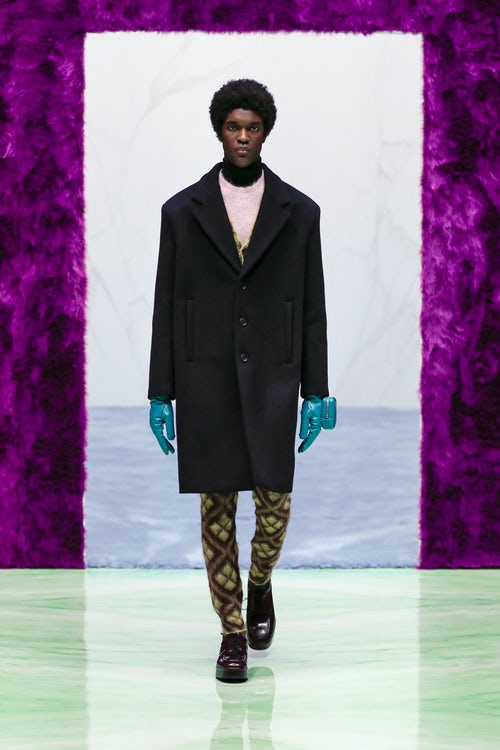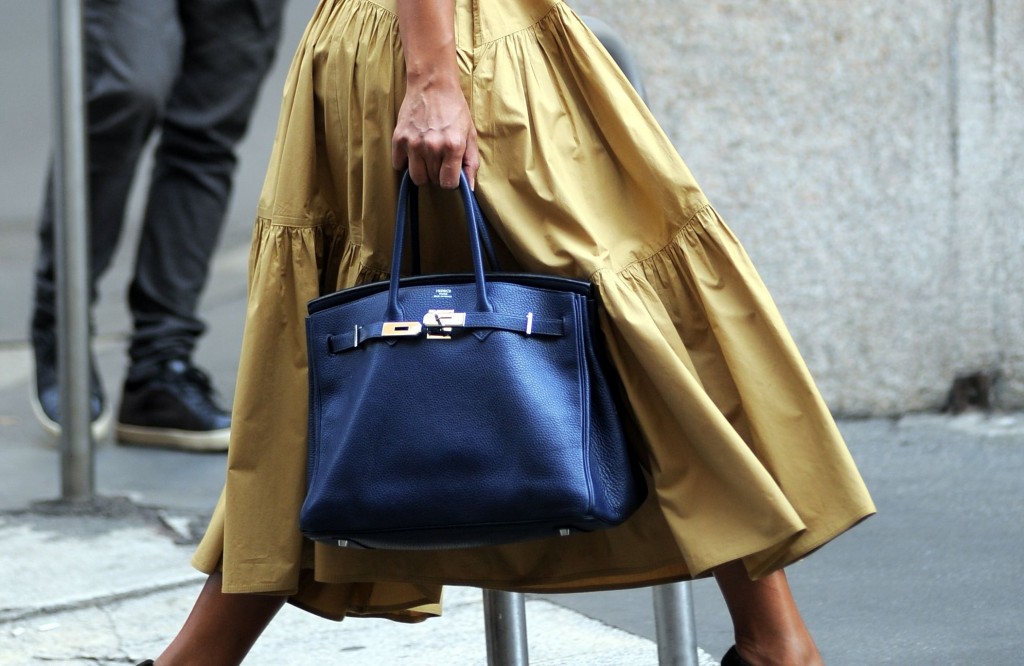The pandemic was a monumental global phenomenon that affected everything from the air to our attitudes towards consumption – luxury or basic – and general living. For the average business, it was a period of critical thinking as they strove to survive and scale.
For some, not much has changed in the sales department, and as news of luxury brands’ profits come pouring in, there is the question of “how did they do it?” Did they introduce discounts to appeal to a wider audience? Or perhaps they increased their presence through multi-brand stores and sites?
The short answer? No.
The challenges of discounts and mass distribution

When brands search for growth, it is always tempting to expand distribution and promote items. Yet, short-term gains come at the expense of brand equity, profitability, and ultimately, they gamble on their future for easy short-term growth. While gambling may be appropriate in Monaco or Las Vegas, doing it in luxury is the kiss of death.
Vogue Business had analyzed the change from promotional activities on multi-brand sites in Q1 2021 (the period from January to March) and compared it with the same period in 2019 – a year before the pandemic forced luxury brands to shut down their store operations around the world. The results were not wholly unexpected, yet the magnitude of change was surprising.
First, best-in-class brands reduced their promotional activities and focused more on building brand equity. Prada, Tom Ford, Bottega Veneta, Saint Laurent, Nike, and Adidas are great examples of brands that significantly reduced their dependency on promotions.
Prada and Bottega Veneta especially are stellar examples of brands that initiated a strong turnaround, excited their customers all over the world, and gained enormous traction with younger target groups, thus providing a strong correlation between improving desirability and the ability to reduce or entirely discontinue promotions.

On the other hand are brands like Ralph Lauren and Emporio Armani that increased promotional activities by double digits. Their numbers suggest that the brands may have significant difficulties selling a large part of their items at full price. That, in turn, suggests that those brands provide their target audience with far less brand equity than the prices they charged before going on sale.
It can be argued that promotions are the quickest way to destroy a luxury brand. They reward the casual customer who is looking for a deal but has little to no brand loyalty. Yet, they also punish loyal customers who support the brand at full price.
When promotion frequencies increase, customers get educated to wait until the next promotional drive – a vicious cycle that systematically weakens the brand. Customers who were loyal and purchased at full price are also educated through promotions: that they paid too much when they chose to buy at full price. In other words, brands signal to their best customers that they provide less value than the prices they charge. A catalyst for brand equity destruction.
The Hermès, Louis Vuitton example
Hermès, Louis Vuitton, Dior, and Gucci were among the most successful luxury brands during Q1 2021. These brands do not ever discount and keep incredibly tight control over their distribution, fostering the ability to exercise full control over the brand’s storytelling, which generates trust.

If a customer knows that a product will never be discounted or sold to another customer at a lower price, the value perception of that business gets significantly strengthened. The willingness to buy a luxury brand depends, to a large extent, on the story of the brand and the trust consumers have. Deeper discounts and selling “at all costs” only haunt the brands that apply these tactics. Instead, brands should look at the playbook of the best performing brands by focusing entirely on value creation.
The name of the game is desire. Brands must focus on desirability. The ability to create desire over time depends on becoming an agent of innovation, change, and influence so you can connect with the most influential target group: Gen Z. To do so, brands must provide excitement, memories, and the perception of a love relationship between customer and brand. When customers fall in love with the brand, there is a fire of desire. When they need to be persuaded with hard-selling tactics, price-offs, and promotions, there is no desire, only the perception of desperation.
As the world re-opens and people go back to spending, luxury businesses should remember that customers are looking for inspiration. They want to reward themselves with the ultimate treat. They want to dream again and realize those dreams.
Therefore, brands should never discount and should do their utmost to create extreme value. Building up a distinct brand position is a complex task that requires precision and differentiation. Promoting destroys all these efforts immediately. Focus on what matters by following the post-pandemic luxury playbook.
Source: Jing Daily
